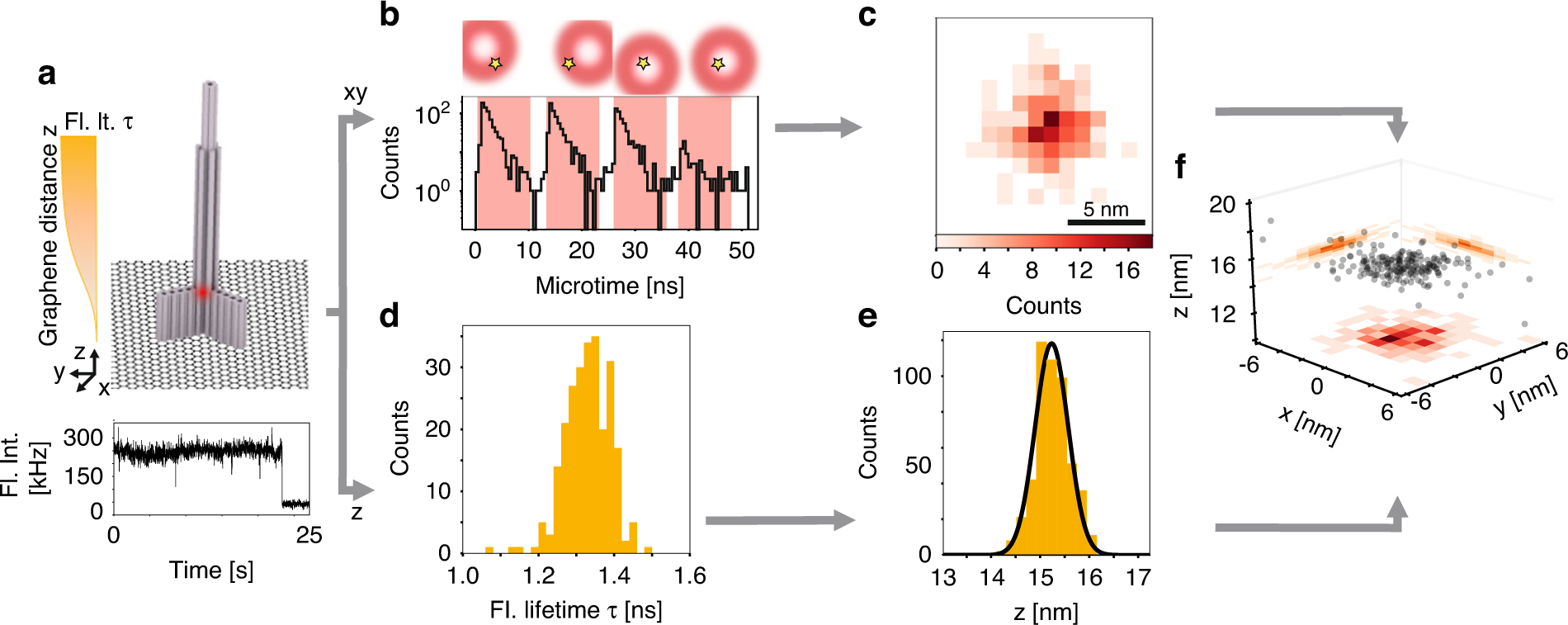尿を用いた分子検査により、膀胱がんを迅速かつ正確に検出し、診断を効率化することで、侵襲的な膀胱鏡検査の必要性を低減することができます。 The urine-based molecular test can quickly and accurately detect bladder cancer and streamline diagnosis, reducing the need for invasive cystoscopies.
2023-03-09 バーミンガム大学
このGALEAS® Bladderという尿に基づく分子テストは、高感度の液体生検技術と、バーミンガム大学の膀胱がん研究センターのRik Bryan教授とDouglas Ward博士が開発したバイオマーカーを使用して、尿中の腫瘍細胞からのDNAを検出することで膀胱がんの存在を迅速かつ正確に検出する。
研究者らは、3つの英国の臨床コホートから600以上の患者サンプルでバイオマーカーパネルの検証を行い、すべての膀胱がんの段階で高い診断精度(感度>90%、特異性>85%)を示すことを確認した。
このテストは、侵襲的な膀胱鏡検査を減らすことで診断を簡素化し、患者の負担を減らす可能性がある。また、非筋層侵襲性膀胱がんの監視や残存病変のモニタリング、血尿のトリアージにも有用である。
このテストは、患者のパスウェイ全体で機能する可能性があり、患者の診断と治療に実際に影響を与える意義のある非侵襲的なツールの開発を目指す。
<関連情報>
- https://www.birmingham.ac.uk/news/2023/novel-urine-based-test-for-non-invasive-detection-of-bladder-cancer
- https://www.sciencedirect.com/science/article/pii/S2588931122000360
尿中DNAの標的超深度シークエンスによる膀胱がんの高感度・特異的な検出 Highly Sensitive and Specific Detection of Bladder Cancer via Targeted Ultra-deep Sequencing of Urinary DNA
Douglas G. Ward, Laura Baxter, Sascha Ott, Naheema S. Gordon, Junhui Wang, Prashant Patel, Kim Piechocki, Lee Silcock, Chris Sale, Maurice P. Zeegers, K.K. Cheng, Nicholas D. James, Richard T. Bryan, BladderPath Trial Management Group
European Urology Oncology Available online: 8 April 2022
DOI:https://doi.org/10.1016/j.euo.2022.03.005

Abstract
Background
There is an unmet need for an accurate, validated, noninvasive test for diagnosing and monitoring bladder cancer (BC). Detection of BC-associated mutations in urinary DNA via targeted deep sequencing could meet this need.
Objective
To test the ability of mutational analysis of urinary DNA to noninvasively detect BC within the context of haematuria investigations and non–muscle-invasive BC (NMIBC) surveillance.
Design, setting, and participants
Capture-based ultra-deep sequencing was performed for 443 somatic mutations in 23 genes in 591 urine cell-pellet DNAs from haematuria clinic patients and 293 from NMIBC surveillance patients. Variant calling was optimised to minimise false positives using urine samples from 162 haematuria clinic patients without BC.
Outcome measurements and statistical analysis
The sensitivity and specificity for BC diagnosis were determined.
Results and limitations
Mutational analysis of urinary DNA detected 144 of the 165 haematuria patients diagnosed with incident BC from two independent cohorts, yielding overall sensitivity of 87.3% (95% confidence interval [CI] 81.2–92.0%) at specificity of 84.8% (95% CI 79.9–89.0%). The sensitivity was 97.4% for grade 3, 86.5% for grade 2, and 70.8% for grade 1 BC. Among NMIBC surveillance patients, 25 out of 29 recurrent BCs were detected, yielding sensitivity of 86.2% (95% CI 70.8–97.7%) at specificity of 62.5% (95% CI 56.1–68.0%); a positive urine mutation test in the absence of clinically detectable disease was associated with a 2.6-fold increase in the risk of future recurrence. The low number of recurrences in the NMIBC surveillance cohort and the lower sensitivity for detecting grade 1 pTa BC are limitations.
Conclusions
Detection of mutations in a small panel of BC-associated genes could facilitate noninvasive BC testing and expedite haematuria investigations. Following further validation, the test could also play a role in NMIBC surveillance.
Patient summary
Identification of alterations in genes that are frequently mutated in bladder cancer appears to be a promising strategy for detecting disease from urine samples and reducing reliance on examination of the bladder via a telescopic camera inserted through the urethra.


